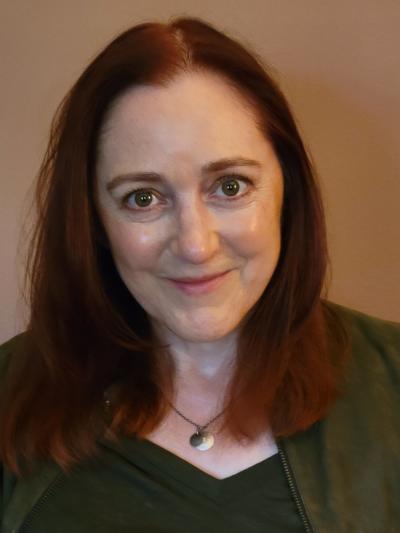
Research Topics
Sleep is an enduring biological puzzle in that it appears to lack an adaptive advantage; a sleeping animal cannot forage for food, mate, or defend itself against predation. Yet, as every long-distance traveler, insomniac, or parent of a colicky infant knows, sleep deprivation leads to ill effects on health and cognition. Sleep is an example of a complex trait, influenced by many genes. Sleep is also subject to multiple environmental factors, making it virtually impossible to assess the effect of a single gene in all potential environmental conditions and genetic backgrounds in human populations. Dr. Harbison is currently focusing her interest in complex traits—and the use of genomic technologies to study them—on this challenging problem.
Sleep has been observed in nearly every animal species studied, including Drosophila, the common fruit fly. Taking advantage of the powerful genetic tools that have been developed to study Drosophila as a model organism, Dr. Harbison investigates the genetic networks underlying sleep and their interactions with the environment. Research in her laboratory associates sleep characteristics in natural populations with molecular data across populations, environments, and species. Her aim is to look beyond single genes to identify gene networks that will illuminate the function of sleep as well as the degree of conservation across species.
Heritable differences in sleep patterns can be observed among individual flies of the same Drosophila species. Differences in sleep may be the result of DNA polymorphisms, or they may be the result of variation in transcript, protein, or metabolite levels. Dr. Harbison is investigating the manner in which these measures lead to differences in sleep for individual flies with different genotypes using natural populations of Drosophila—including the Drosophila Genetic Reference Panel—under controlled environmental conditions.
Dr. Harbison is also studying how changes in the environment alter sleep. Exposure to drugs, dietary changes, varying temperatures, and social isolation are all examples of environmental changes that can alter sleep patterns in flies and humans. By systematically exposing Drosophila to these changes and measuring the impact on sleep, Dr. Harbison can distinguish gene networks that are robust across environments from those that are plastic.
If sleep has a common purpose, then the genes and gene networks affecting sleep are likely to be conserved. For example, a recent collaboration with colleagues at the University of Alabama-Birmingham has produced evidence that an individual gene (dSdc) uncovered by Dr. Harbison in a Drosophila sleep study has a human homologue (SDC4) associated with sleep and resting metabolic rate in children. Dr. Harbison is investigating the degree to which entire gene networks are conserved across species by assessing sleep in two closely related Drosophila species. She is also using in silico mining to identify human homologues of Drosophila candidate genes for sleep. Highly conserved gene networks are of practical importance for human sleep biology as well as potential therapeutic targets for sleep disorders.
Biography
Susan Harbison graduated cum laude with a B.S. in aerospace engineering from North Carolina State University and served as an aerospace engineer for the Naval Aviation Depot for eight years before completing a Ph.D. in genetics, also at North Carolina State, in 2003. She was a postdoctoral researcher with Amita Sehgal at the University of Pennsylvania from 2003 to 2007 and with Trudy Mackay at North Carolina State University from 2007 to 2011. In 2012, Dr. Harbison joined the NHLBI as an Earl Stadtman tenure-track Investigator. Dr. Harbison was awarded the Presidential Early Career Award for Scientists and Engineers in 2012, and became a Kavli Fellow in 2014. Dr. Harbison is a member of the Genetics Society of America and the Sleep Research Society.
Selected Publications
- Eiman MN, Kumar S, Serrano Negron YL, Tansey TR, Harbison ST. Genome-wide association in Drosophila identifies a role for Piezo and Proc-R in sleep latency. Sci Rep. 2024;14(1):260.
- Harbison ST, Peiravi M, Zhang F, Yimam S, Noguchi A, Springer D. Orthologs of Drosophila pointed and Arginine kinase 1 impact sleep in mice. Sleep Adv. 2024;5(1):zpae092.
- Souto-Maior C, Serrano Negron YL, Harbison ST. Nonlinear expression patterns and multiple shifts in gene network interactions underlie robust phenotypic change in Drosophila melanogaster selected for night sleep duration. PLoS Comput Biol. 2023;19(8):e1011389.
- Gessner NR, Peiravi M, Zhang F, Yimam S, Springer D, Harbison ST. A conserved role for frizzled in sleep architecture. Sleep Adv. 2023;4(1):zpad045.
- Harbison ST. What have we learned about sleep from selective breeding strategies? Sleep. 2022;45(11).
Related Scientific Focus Areas
This page was last updated on Thursday, August 21, 2025

